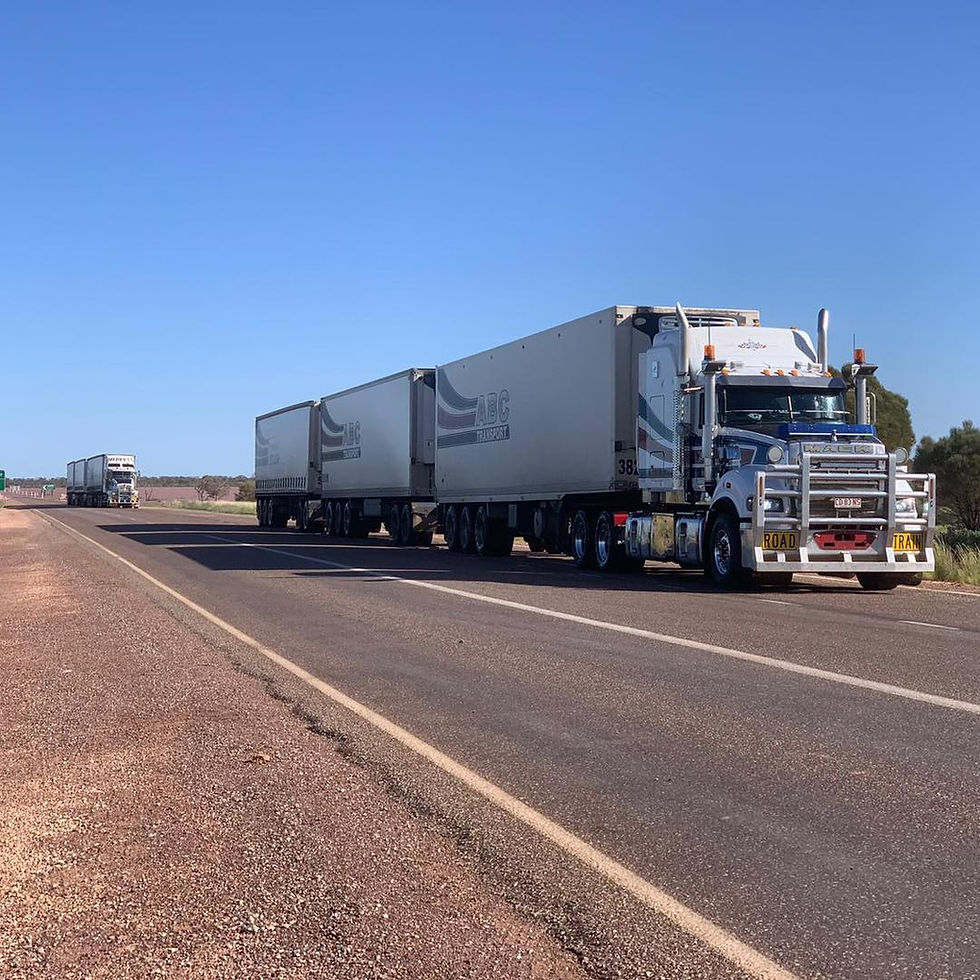Australian economy about to boom
- John McDonnell
- Nov 5, 2021
- 3 min read

With the SCAM cities (Sydney, Canberra and Melbourne) about to hit 90 per cent double-dose vaccination against COVID-19, life is almost back to normal and the economies of New South Wales and Victoria are going gangbusters.
After lockdown citizens are out and about spending their accumulated savings at Bunnings and Harvey Norman as if there is no tomorrow.
This is leading to a shortage of goods and skilled labour. As a consequence, the price of goods and wages are both likely to increase. The Roy Morgan poll of predicted inflation tells us that consumers think prices will rise by 5.8 per cent in the December quarter.
SCAM residents are already experiencing hyperinflation. House prices have risen 22 per cent in the last year in these cities. People are mortgaged up to their eyebrows just to be able to afford a piece of property.
Australia is likely to experience the feelgood aspects of the boom for the next two quarters with interest rates continuing to remain low, according to the Reserve Bank.
This will suit the government in the run-up to the election. If people feel prosperous and happy then they are likely to vote for the incumbent. On the other hand, if the economy is travelling badly and the pandemic is out of control, then they will vote for a change.
However, regardless of the outcome of the election, the incoming government will be confronted with the need to deal with inflation and an inevitable increase in interest rates.
The problem with inflation is not limited to Australia, it is a global phenomenon. It mainly results from excessive stimulus payments that were made in response to the pandemic.
US President Biden has proposed spending almost $9 trillion in stimulus payments, although nearly $4 million in climate change payments are held up in Congress.
This huge expenditure is part of the ‘green new deal’ approach to economic reform. This is based on modern monetary theory, which maintains that governments can simply print money to finance their programmes. This has been the case with the Biden expenditure, none of which has been financed by foreign borrowings. This is causing problems because the Federal Reserve is tapering its purchase of government bonds.
The continued spending without support will lead to a fall in the United States dollar. This will put pressure on the Australian dollar, Australian exporters and the Australian economy.
Already, many of our imports from China have doubled in price, as Chinese manufacturers try and recover losses from the pandemic. These will be followed by other price rises as the US dollar falls in value compared with Australian and Chinese currencies.
The only response to inflation is for the Australian government to introduce policies that encourage private investment that promotes productivity growth. In addition, the government will have to introduce a limited immigration programme that focuses on skilled migrants.
These policy changes will be harder than might appear at first blush.
At the moment there is a torrent of demands for additional funding from all manner of special interests, including those linked to the green economy, who want to emulate the United States. At the same time, the Reserve Bank is likely to take the steam out of the economy by increasing interest rates. Moreover, there will demands for wage increases that will limit the capacity of the private sector to invest in productivity promoting activities. Overlaid on this is the fact that future economies are going to be more complex and technology-intensive than they have been in the past.
Things are no easier for the ordinary householder who has managed to accumulate some savings. Do they make hay while the sun shines and spend up big or do they look for an investment to take care of them in old age. If investment is the choice, what’s a good inflation-proof investment?






Comments